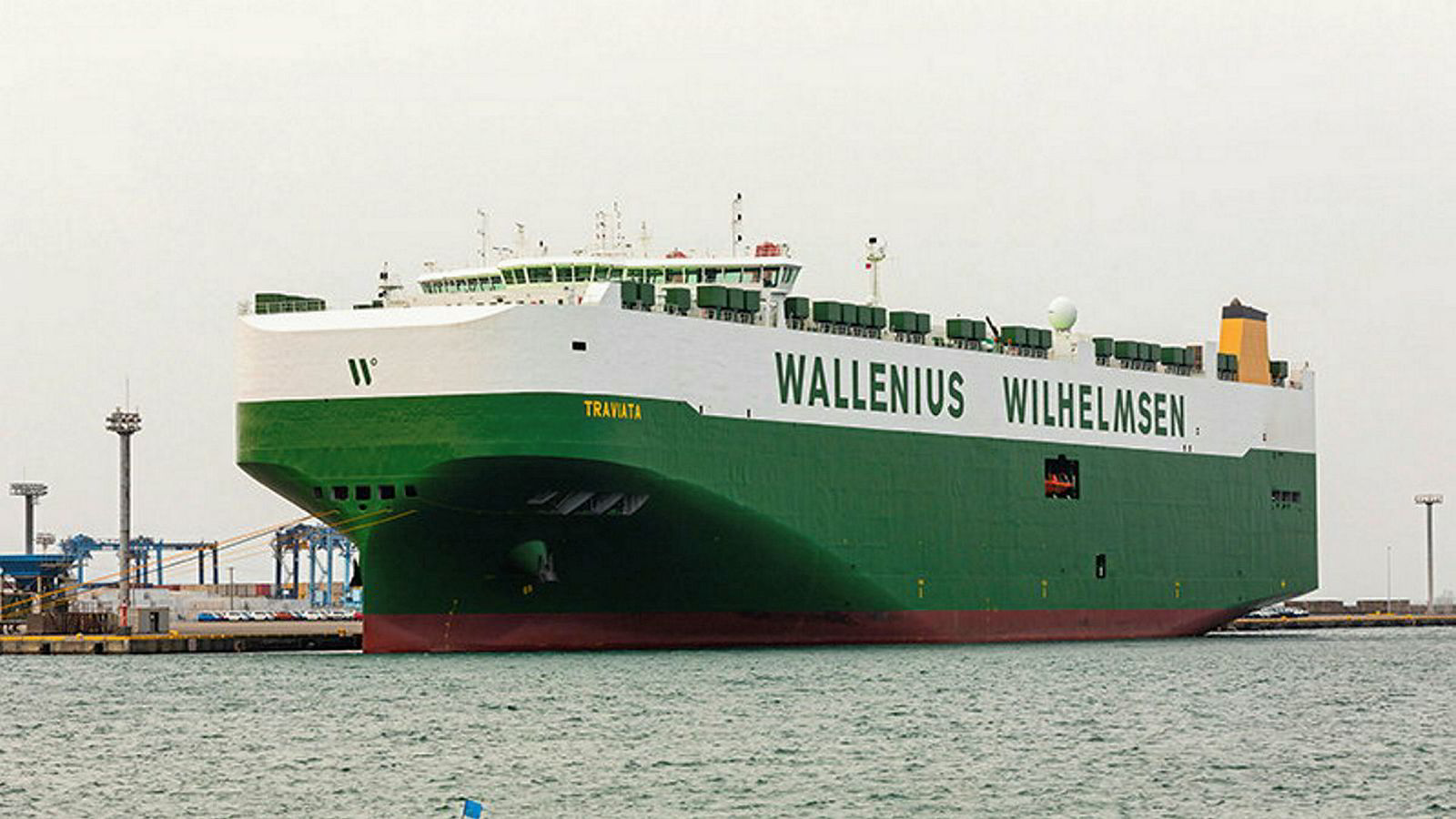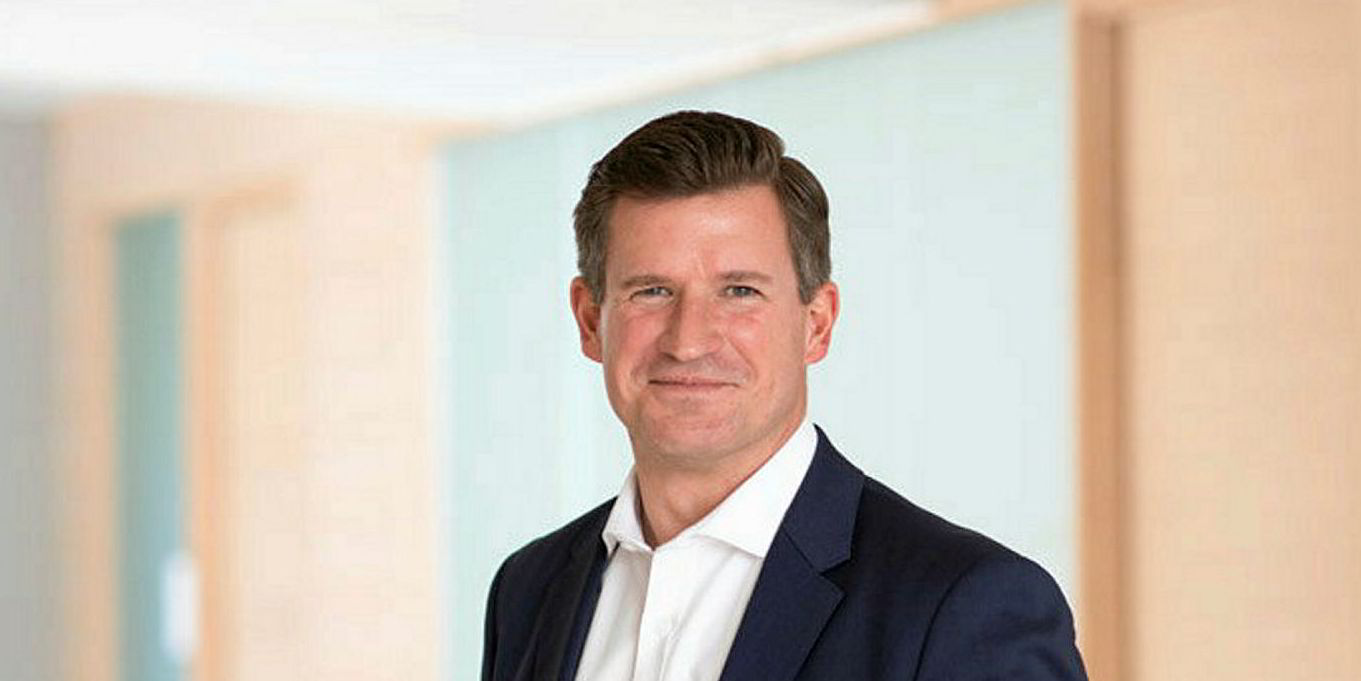Fleet flexibility has been one of the benefits of vehicle carriers Wallenius Wilhelmsen Ocean (WW Ocean) and EUKOR combining into a single structure.
The move has opened more opportunities to “swap tonnage and optimise what is right for the group,” says Michael Hynekamp, chief operating officer of WW Ocean, formerly Wallenius Wilhelmsen Logistics.
“From an operational perspective, we have regular daily dialogue between our organisations,” he says.
“But we are distinct brands with distinct customers. It is more about the factory behind the scenes, our ability to look at it as one group of assets and be able to manage directly between our companies.”
Two years ago, the Wallenius Wilhelmsen group was created when Wallenius of Sweden and Wilhelmsen of Norway combined ownership of their jointly owned companies and relevant assets.
The Wallenius Wilhelmsen group now consists of WWO, Wallenius Wilhelmsen Solutions, Seoul-headquartered EUKOR and American Roll-on Roll-off Carrier (ARC), and is listed on the Oslo Stock Exchange.
The whole group has a fleet typically of between 125 and 130 ships, of which about 60% or roughly 78 vessels are fully owned and the remainder on long-term charters.
Traditionally, WWO has a much higher percentage of owned tonnage than EUKOR, where there is a greater emphasis on chartered ships.
“Now we can look at them as one, which allows us to flex the tonnage as needed,” says Hynekamp, who joined WWL in the US at the end of 2007 before relocating to Norway four years ago.
Fleet flexibility is about having ships designed to handle a mix of cars, high-and-heavy cargoes and breakbulk, he says. But it is also about the right balance between owned and chartered tonnage to manage the macro issues “looking at us over the course of the next few years and maybe the future in general”.
Scale has enabled the Wallenius Wilhelmsen group to balance some of this “uncertainty and ambiguity,” Hynekamp says, a reference to trade disputes, Brexit and general global economic conditions. Such balance is important when investing in ships, as those assets have a trading life of 25 to 30 years.
Recent years have also seen a marked increase in the number of vehicle production sites around the world, which means additional ports of call.
The Wallenius Wilhelmsen group has strong market shares in all areas of the globe, with WWO traditionally active out of Japan, as well as on the Atlantic and into Oceania, and EUKOR out of north Asia.
It means the group is well placed to adapt to the fragmentation of vehicle production by the manufacturers, Hynekamp says.
Another key challenge, albeit also an opportunity, says Hynekamp, is environmental regulation. Knocking on the door is the IMO 2020 sulphur cap, followed by the IMO’s 2030 and 2050 emissions targets.
Hynekamp, who began his career with Ernst & Young before spending 13 years with Mercedes-Benz, says the Wallenius Wilhelmsen group has always been a “steward and leader”, including its memberships of the Trident Alliance and Ship Recycling Transparency Initiative.
“So, it isn’t just about what the IMO is working towards but also what other things we can do about supporting the environment,” he says.
Customers, mainly the large vehicle manufacturers and those in the high and heavy space, face similar challenges and are showing greater interest in the “sustainability platform”.
“I think they see it not only from the ro-ro shipping space [perspective] but across their entire supply chain,” Hynekamp says. “We see the rate of discussion and interest in this subject increasing dramatically, as well as the desire to partner with us.”
WWO already has five owned ships operating with scrubbers, including four recently delivered 8,000-ceu, Hero-class vessels, which also consume 15% less energy.
At the end of 2018, a decision was taken to install an additional 20 scrubbers in the fleet.
“[Scrubber technology] is just one arrow in our arsenal,” Hynekamp says.






